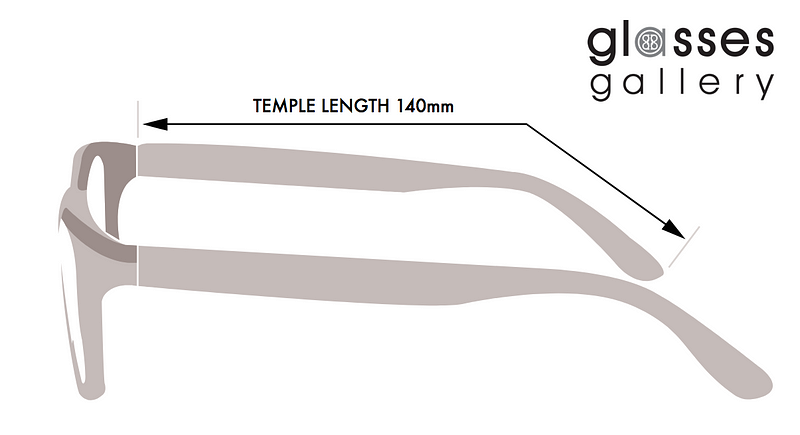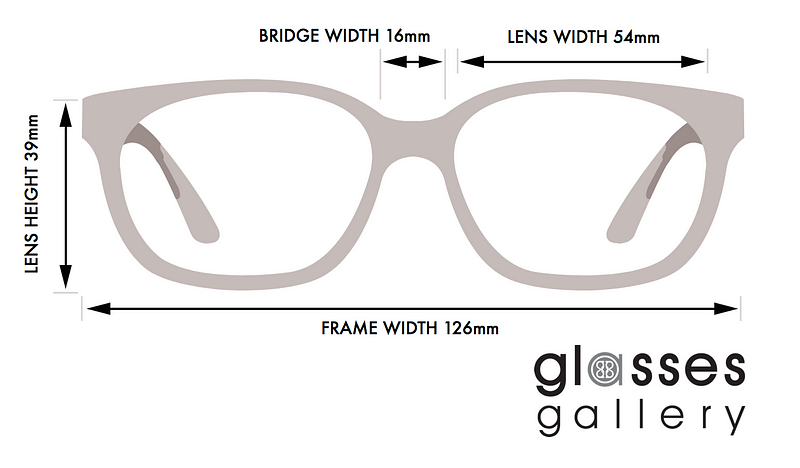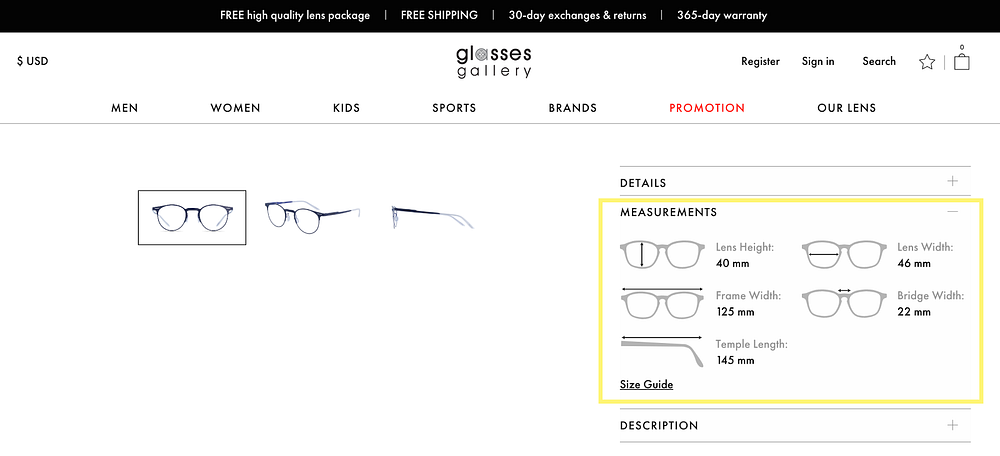How to Solve the 4 Reasons You (or Your Kids) Hate Wearing Glasses
Do you find yourself constantly taking off your glasses because they bother you after wearing them for long periods of time?
Are you sick of battling your kids to wear their prescription glasses?
If you or your children dislike wearing your frames, it may be because they’re the wrong shape or size for your face.
Newsflash: If your glasses aren’t comfortable, your prescriptions are going to work. Especially if you’re using them to control the progression of myopia in your children.
Let’s analyze the most common reasons for discomfort when wearing glasses — and discuss what you can do to stop that pain from happening with your next or current pair.
1. Your Glasses Pinch Your Nose or Temples or They Keep Sliding Off Your Face
These three issues are actually all connected to having an ill-fitting pair of frames.
If you’ve had enough of glasses that dig into your skull or constantly slide down your nose, you’ll need to take measurements to fit your frames to your unique face anatomy.
Record measurements for your or your child’s current:
Temple Length
This is the distance from the screw to the end of the arm of your glasses.
Temple length ranges between 120mm–150mm though frames of 135mm, 140mm, 145mm, and 150mm are the most popular.

If you have problems with the arms of your glasses being too short, look for frames with lengths of 145 and 150mm and acetate temples, which can be adjusted using a bit of heat to get the best fit.
Frame Width
The length from the left screw on your frames to the right screw, this measurement gives you a sense of a frame’s overall width.
Many believe frame width is the most important factor in finding a pair of glasses that not only fit well, but also highlight your great features.
As a golden rule, your eyes should be nearly centered in the width of the lenses.
A frame that is too wide will make your eyes look too close while a frame that’s too narrow will make your face look bigger and fuller than it is.
Lens Width
The maximum width of the lens in the frame, measured from the bridge across the hole where the lens should be inserted.
Lens height
This is the maximum height of the lens in the frame, measured from the top to the bottom.

Bridge Width
Typically between 14mm–24mm, this is the shortest gap above your nose between the lenses.
If you have a narrow bridge or your eyes are closer together, you’ll want this number lower (15mm to 18mm). If you have a wider bridge or wide-set eyes, you’ll like a higher number (18mm to 22mm).
When glasses are too big or too small for your face, you’ll not only strain to keep them on, you’ll have trouble seeing clearly because your prescription lenses won’t be centered.
Don’t forget that higher index prescription lenses can be heavy, which may also cause your lightweight frames to slip because gravity.
Try to find the thinnest, lightest lenses your prescription will allow to rule this out.
2. Your Eyes Still Hurt
During your annual eye exam, you may learn that your prescription changed slightly. While you may not want a new pair of glasses, you should always keep up with your changing prescriptions — especially if you have nearsightedness.
Studies have shown that under-correcting myopia has a negative effect. Plus, it can lead to headaches and eye pain.
So if your prescription is up-to-date and your eyes still hurt, the size of your lenses may be to blame. Lenses not sized correctly for your eyes force them to work harder to focus and sometimes even counteract your prescription’s effectiveness.
3. Your Glasses Don’t Feel Centered
When your glasses are off-centered, your depth perception will feel way off. You’ll probably experience headaches, discomfort, and balance issues too.
This happens because your eyes aren’t able to see through the optical center of your lenses, or where your eyes have the best vision.
If you’re lacking perfect vision, this disorienting effect may cause your vision to slip in and out of focus. Yikes!
The center of your lenses should be right in front of your pupils. So the best way to combat off-centered lenses is accurately measuring your pupillary distance (PD).
Check out our best tips for measuring your PD here and never go through this ordeal.
4. Your Neck and Shoulders Seem to Hurt More
If you’re working long hours on your laptop, tablet, or computer screen — or spend way too much time staring at your phone for news or social media updates — you could become a victim of Computer Vision Syndrome.
This occurs after hours of straight focus with blue light staring back at you. It can cause your vision to blur or become less focused.
You or your children may lean forward in your chair to see your screen better, which definitely throws off your posture and can lead to back, neck, and shoulder pain.
If you currently wear prescription glasses, add an Anti-Reflective and Anti-Blue Light Coating, or Digital Block Coating, to your lenses to help combat reflections and blue light from working on all your digital devices.
You can still buy a pair of Computer Glasses for you or your children to wear while watching TV, online shopping, or spending hours video gaming.
These will protect your vision and let you focus for longer periods of time more comfortably (and safely!).
Use Your Old Frames to Avoid these Issues for Your New Frames
When you know what you don’t like about your current frames, you’ll know what to look out for the next time you’re in the market for new glasses or sunglasses.
Before you toss your old pair (hey, keep them as a backup for traveling!), write down all the measurements we discussed earlier.
If your glasses fit well, you’ll want to find glasses with similar measurements.
But if your glasses fit like shrunken skinny jeans, it’s best to learn from your mistakes.
Find the numbers printed or engraved on the inside of the arms (temples) of your glasses.
Usually you’ll see a sequence of numbers, let’s say 52–17–135.
These each represent three distinct measurements of your glasses:
- Lens width (52)
- Bridge size (17)
- Temple length (135)
You may find a fourth number indicating the lens height if you’re lucky.
Use these as a reference to tweak your new pair before you even try them on.
For example, if you want larger glasses, you’d look for frames with lens widths above 52mm, like those in the 54mm range, using our example.
Glasses Gallery makes it easy to find the perfect fit every time by showing you the exact measurements of every pair of sunglasses, eyeglasses, or sports glasses:

Compare these measurements and you’ll always know how a certain frame that catches your eye is going to fit in comparison to the pair you’re already familiar with.
Glasses Gallery Makes Finding Your Perfect Fit Easy
Before you try bending or breaking your glasses just to get them to fit better (please don’t do that!), see if you can’t find a better fitting pair by browsing our awesome selection of designer eyeglasses, sunglasses, and sports glasses.
Buying your glasses online from a trusted retailer is one of the best ways to protect your vision and the vision of your children.
Now if only they’d eat all the healthy foods to keep their eyes healthy too.




Comments
Leave a Comment